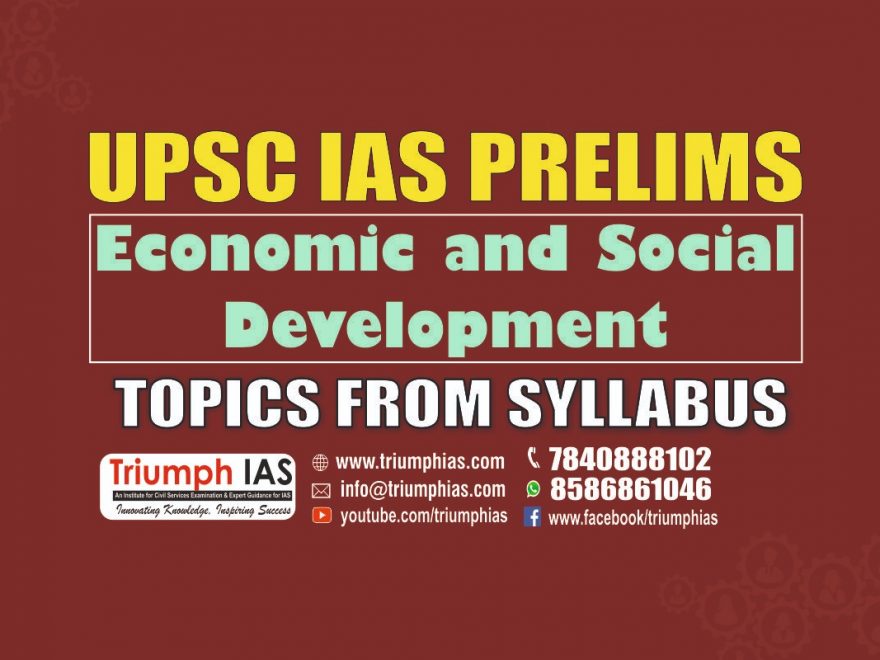Relevance: Prelims: Economy: Indian Banking System
►MONEY DEMAND
Money demand (also known as liquidity preference) refers to holding money in hand for the purpose of exchange. It arises mainly to serve two motives:
- a) Transactions motive: Holding money to carry out transactions. Higher the transaction is made, higher the demand for money in hand (and vice versa).
- b) Speculative motive: Holding money in the form of bonds/assets to earn interest. Higher the interest offered by bonds, lesser the demand for money in hand (and vice versa).
- Change in money demand influences the level of interest rates in the economy. An increase in money demand keeping money supply constant will lead to rise in interest rates (rise in money demand→demand for bonds is low→price of bonds will fall→interest rates will increase).
►MONEY SUPPLY
- Money supply refers to the stock of money at a point of time in the economy.
- It includes the currency notes and coins issued by the central bank (RBI) as well as the stock of deposits held by public in commercial banks.
- Note that, since money supply is a stock concept, it is usually considered to be fixed/given.
- A policy induced increase in money supply will lead to a rise in general price level in the economy (rise in money supply→increase in aggregate demand→prices will increase).
►QUANTITY THEORY OF MONEY
- Quantity theory of money states that there is a direct relationship between the quantity of money in the economy and the level of prices of goods and services sold.
- According to this theory, if the amount of money in an economy doubles, price levels also double causing inflation.
►MONETARY AGGREGATES
- It is closely related to the concept of “money supply” • Monetary aggregates are measures of money supply released by the RBI in decreasing (highest to lowest) order of liquidity
Liquidity: ability to be converted to cash/currency).
- Based on the recommendations of YV Reddy’s Working
Group on Money Supply: Analytics and methodology of compilation (1998), the monetary aggregates are:
M0 (Reserve money/monetary base) = Currency in circulation+ banker’s deposits with RBI+ other deposits with RBI
M1 (Narrow money) = Currency with the public+ Demand deposits with the banking system+ Other deposits with RBI
M2 = M1+ Saving deposits of Post Offices
M3 (Broad money) = M1+Time deposits with the banking system
M4 = M3+All deposits with Post Offices (excluding National Saving Certificates)
- Money supply in the economy can be increased/decreased through various instruments of monetary policy.
For more such notes, Articles, News & Views Join our Telegram Channel.
Click the link below to see the details about the UPSC –Civils courses offered by Triumph IAS. https://triumphias.com/pages-all-courses.php

